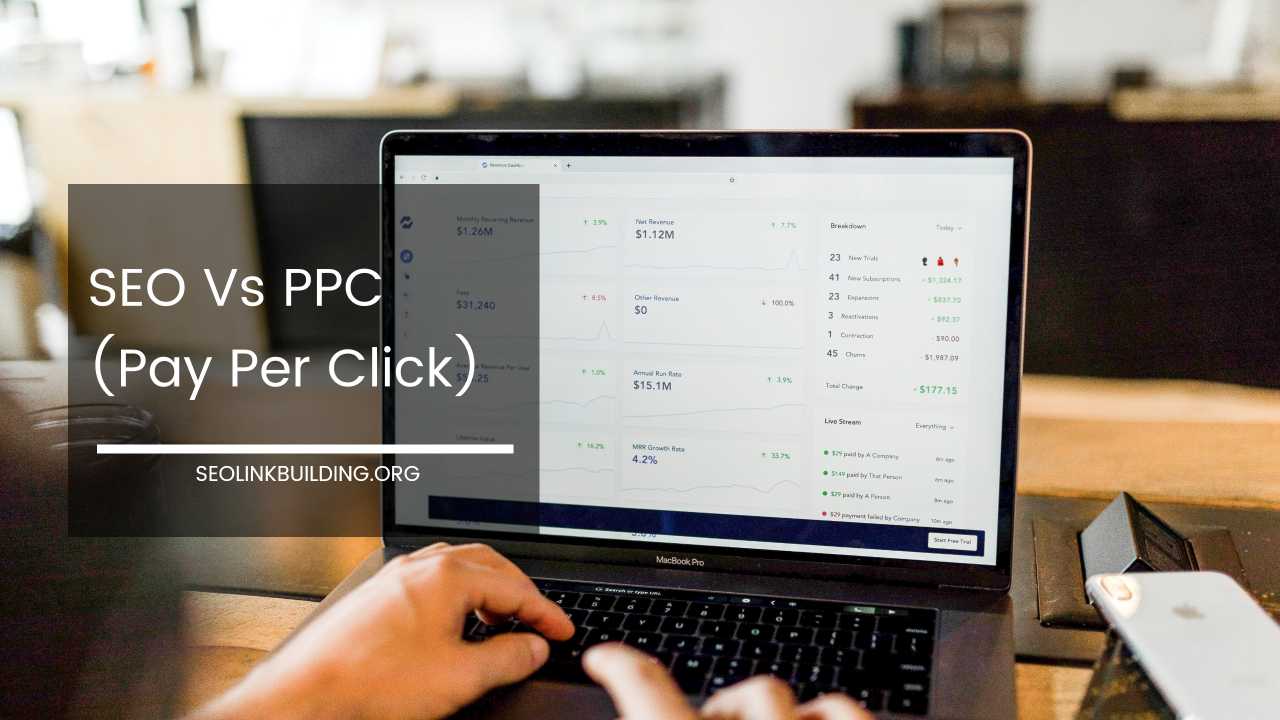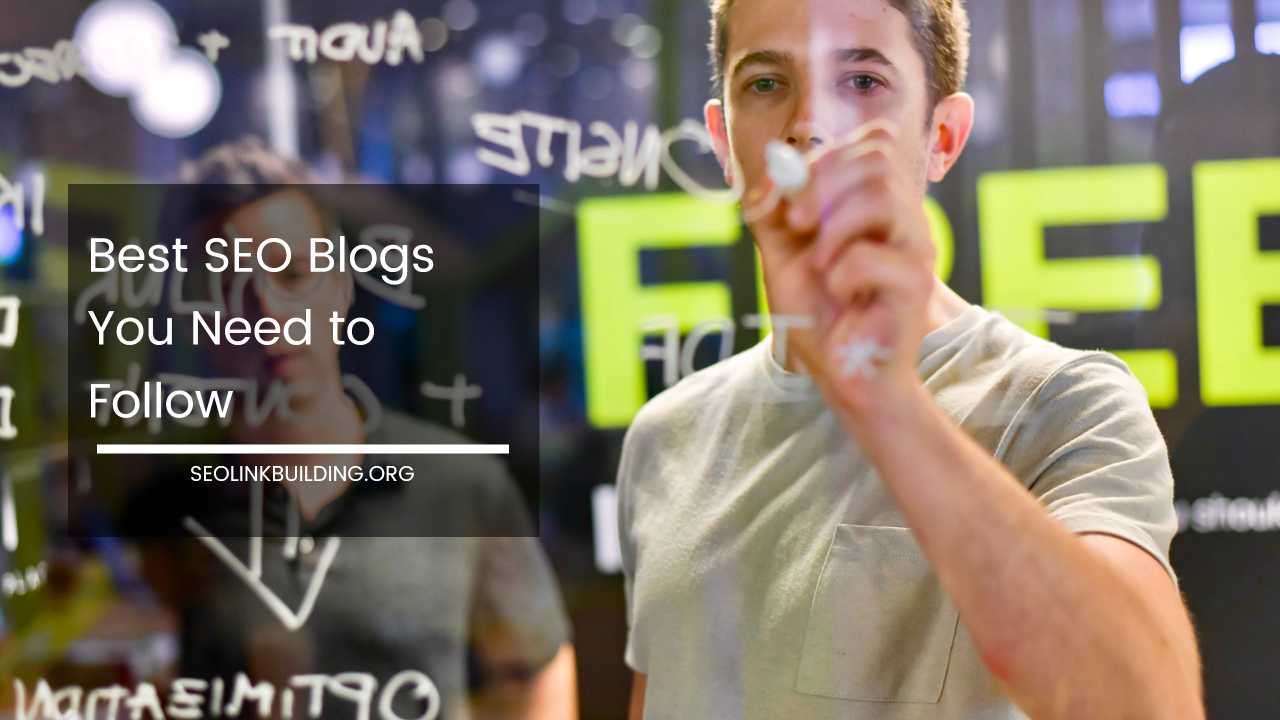The Secret Power of Your Brand Logo: Design for Impact & Recognition

Brand Logo
The Enduring Power of a Brand Logo: A Guide to Design and Impact
In today’s digital age, consumers are bombarded with countless brands vying for their attention. In this sea of sameness, a well-designed brand logo stands out as a beacon, a silent ambassador that sparks recognition, trust, and emotional connection.
This comprehensive guide delves into the world of brand logos, exploring their significance, the design elements that create lasting impact, and the strategic considerations for crafting a logo that empowers your brand story.
Why Does a Brand Logo Matter?
Think about the iconic swoosh of Nike, the bitten apple of Apple, or the golden arches of McDonald’s. These logos are instantly recognizable, triggering emotions and memories associated with the brand. A strong logo goes beyond mere aesthetics; it’s a strategic investment that offers a multitude of benefits:
- Brand Identity: A logo is the cornerstone of your brand identity. It visually communicates your brand’s essence, personality, and values. Imagine a tech startup with a playful, hand-drawn logo versus a sophisticated law firm with a classic, serif font logo. The logos instantly convey the brand’s core message.
- Brand Recognition: A strong logo fosters brand recognition, making you stand out from the competition. Consistent use across all marketing materials, from packaging to social media profiles, reinforces memorability. Imagine a grocery store with dozens of cereal brands. The kid instantly grabs the box with the iconic Tony the Tiger logo because it’s familiar and trustworthy.
- Brand Trust: A professional and well-designed logo exudes credibility and builds trust with your audience. Think of a financial services company with a cluttered, amateurish logo versus one with a clean, minimalist design. The latter inspires confidence and a sense of security.
- Brand Loyalty: A logo becomes a symbol that customers associate with positive experiences, fostering brand loyalty. The Starbucks mermaid logo evokes feelings of comfort and familiarity, encouraging customers to return for their daily dose of caffeine.
- Marketing Versatility: A well-designed logo should be adaptable for various applications, from websites and business cards to product packaging and social media. It should be scalable without losing its impact, ensuring consistent brand representation across all touchpoints.
The Anatomy of a Great Logo: Beyond the Basics
An effective logo is a harmonious blend of design elements that work together to create a lasting impression. Let’s explore the key components in greater detail:
- Symbol/Icon: An icon can be a powerful tool for conveying brand identity at a glance. It can be representational (think Apple’s apple) or abstract (like Nike’s swoosh). However, consider the potential for misinterpretation. For example, an abstract floral design might be beautiful but could be interpreted differently by various cultures.
- Wordmark/Logotype: This logo style uses the brand name itself in a stylized font. Think of Coca-Cola’s script or FedEx’s arrow cleverly integrated within the lettering. This approach is particularly effective for established brands with strong name recognition.
- Combination Mark: This blends an icon or symbol with a wordmark, offering a balance between visual representation and brand name recognition. Think of Lacoste’s crocodile logo with the brand name. This is a versatile approach suitable for both established and emerging brands.
- Color: Color psychology plays a crucial role. Red signifies boldness and energy, blue evokes trust and security, while green represents growth and sustainability. Choose colors that align with your brand message and target audience. For example, a children’s toy company might use bright, playful colors, while a luxury watch brand might opt for sophisticated black or silver tones.
- Typography: The font you choose speaks volumes about your brand personality. Serif fonts lend a traditional and sophisticated air, while sans-serif fonts are modern and clean. Consider the emotional impact of the font. For example, a whimsical script font might be ideal for a bakery, while a bold, blocky font might suit a construction company.
Beyond the Essentials: Additional Design Considerations
While the core elements are crucial, consider these additional factors for a truly impactful logo:
- Negative Space: The space between elements within a logo can be just as important as the elements themselves. Think of the FedEx logo, where the arrow cleverly emerges from the negative space between the “E” and “X.”
- Balance and Proportion: A well-designed logo has a sense of balance and proportion, ensuring all elements are visually harmonious.
- Cultural Sensitivity: Be mindful of cultural sensitivities when designing your logo. Certain symbols or colors might have different meanings in different parts of the world. Research is key to avoid unintentional offense.
Design Principles for a Powerful Logo: Timeless Strategies
When embarking on your logo design journey, consider these timeless design principles to craft a logo that endures:
- Simplicity: A logo should be clear, concise, and easily recognizable at small sizes. Avoid clutter and unnecessary elements. Imagine a logo on a mobile app icon or a pen; it should still be clear and impactful.
- Memorability: A logo should be unique and memorable, leaving a lasting impression on viewers. Think of the Airbnb logo, a simple yet memorable icon that represents connection and shelter.
- Versatility: Your logo should be adaptable for various applications, from print to digital media, without losing its impact. Ensure it can be used in black and white as well as color for maximum flexibility.
- Timelessness: A logo should transcend trends and maintain its relevance over time. Avoid overly trendy design elements that might appear dated in a few years. The Shell logo is a prime example; it has been subtly refined over the years while retaining its core brand identity.
- Target Audience: Consider your target audience when designing your logo. What resonates with them? A logo for a children’s clothing brand might be bright and playful, while a logo for a legal firm might be more formal and sophisticated.
The Logo Design Process: From Inspiration to Implementation
Crafting a remarkable logo requires a strategic approach. Here’s a roadmap to guide you through the logo design process:
- Brand Discovery: Start by defining your brand identity. What are your core values, mission, and target audience? Conduct brainstorming sessions and workshops to develop a clear understanding of your brand essence.
- Market Research: Analyze competitor logos to understand the design landscape and identify opportunities to differentiate yourself. What are the commonalities and how can you create a logo that stands out?
- Mood Board Creation: Collect visuals that inspire you, reflecting your desired brand image and color palette. This mood board will serve as a reference point throughout the design process.
- Sketching and Brainstorming: Explore different logo concepts, considering various design styles and elements. Don’t be afraid to experiment and get creative! Sketch a variety of options to explore different directions.
- Logo Design and Refinement: Refine your chosen logo concept, ensuring it adheres to design principles and effectively communicates your brand message. Work with a designer to iterate on the design and achieve the desired outcome.
- Feedback and Testing: Seek feedback from a diverse group of people, including potential customers, colleagues, and design professionals. Gauge the logo’s effectiveness and memorability based on their feedback.
Beyond Design: The Power of Brand Storytelling
A logo is just one element of your brand identity, but it can be a powerful springboard for storytelling. Here’s how to leverage your logo to create a deeper connection with your audience:
- The Story Behind the Logo: Every logo has a story behind its creation. Sharing this story can add depth and meaning to your brand, fostering a connection with your audience. People are drawn to authenticity, and understanding the inspiration behind your logo can make it more relatable.
- The Evolution of a Logo: Many iconic brands have subtly refined their logos over time. Showcasing this evolution demonstrates your brand’s growth and adaptation. For example, the Apple logo has gone from a detailed, rainbow-colored illustration to a sleek, minimalist silhouette. This reflects the brand’s journey and technological advancements.
- Brand Consistency: Maintain consistency in your logo usage across all marketing materials. This reinforces brand recognition and builds trust. From your website to your social media profiles to your product packaging, your logo should be presented consistently to create a unified brand image.
Case Studies: Iconic Logos and Their Impact
Let’s delve into a few examples of how logos have shaped brand perception:
- Apple: The Apple logo, with its clean lines and bitten apple symbol, evokes simplicity, innovation, and a touch of playfulness. It perfectly embodies the brand’s core values and has become instantly recognizable worldwide.
- Nike: The Nike swoosh is a powerful symbol of movement, speed, and victory. This abstract design transcends language and cultural barriers, making it a globally recognized icon.
- Amazon: The Amazon logo, with its arrow pointing from “A” to “Z,” subtly conveys the company’s vast product selection and its commitment to delivering everything you need. The upward-pointing arrow also hints at growth and progress.
- FedEx: The FedEx logo is a masterclass in negative space utilization. The arrow cleverly formed between the “E” and “X” reinforces the brand’s focus on speed and efficiency.
These are just a few examples of how logos have become powerful brand icons. By understanding the design principles and strategic considerations behind logo creation, you can craft a lasting and impactful symbol that embodies your brand essence and propels you towards success.
Crafting a Logo that Empowers Your Brand Story
By understanding the design principles and strategic considerations behind logo creation, you can craft a logo that empowers your brand story and propels you towards success. Here are some additional thoughts to consider:
Choosing the Right Design Partner:
- Internal Design Team: If you have a skilled in-house design team, you can leverage their expertise to create a logo that aligns perfectly with your brand vision.
- Freelance Designer: There are many talented freelance designers available online. Carefully review portfolios and choose someone whose style aligns with your brand aesthetic.
- Design Agency: For a more comprehensive solution, consider a design agency. They can provide a wider range of services, including market research, brand strategy development, and logo design expertise.
Budget Considerations:
- Logo design costs can vary depending on the complexity of the project and the experience of the designer. Be upfront about your budget when discussing the project with potential partners.
- While a high-priced logo doesn’t guarantee success, investing in quality design is worthwhile. Your logo is a long-term brand asset, and a well-designed logo will deliver value for years to come.
Beyond the Initial Design:
- Logo Usage Guidelines: Develop clear brand guidelines that outline proper logo usage across different mediums. This ensures consistency and maintains a professional brand image.
- Trademark Protection: Consider trademarking your logo to protect your intellectual property and prevent unauthorized use.
Final Word:
Your brand logo is a powerful visual representation of your company’s identity and values. By following these steps and considering the key design principles, you can create a logo that resonates with your target audience, fosters brand recognition, and empowers your brand story for years to come.
Remember, a logo is not just an image; it’s a symbol of trust, innovation, and the promises you deliver to your customers. Make it count.













